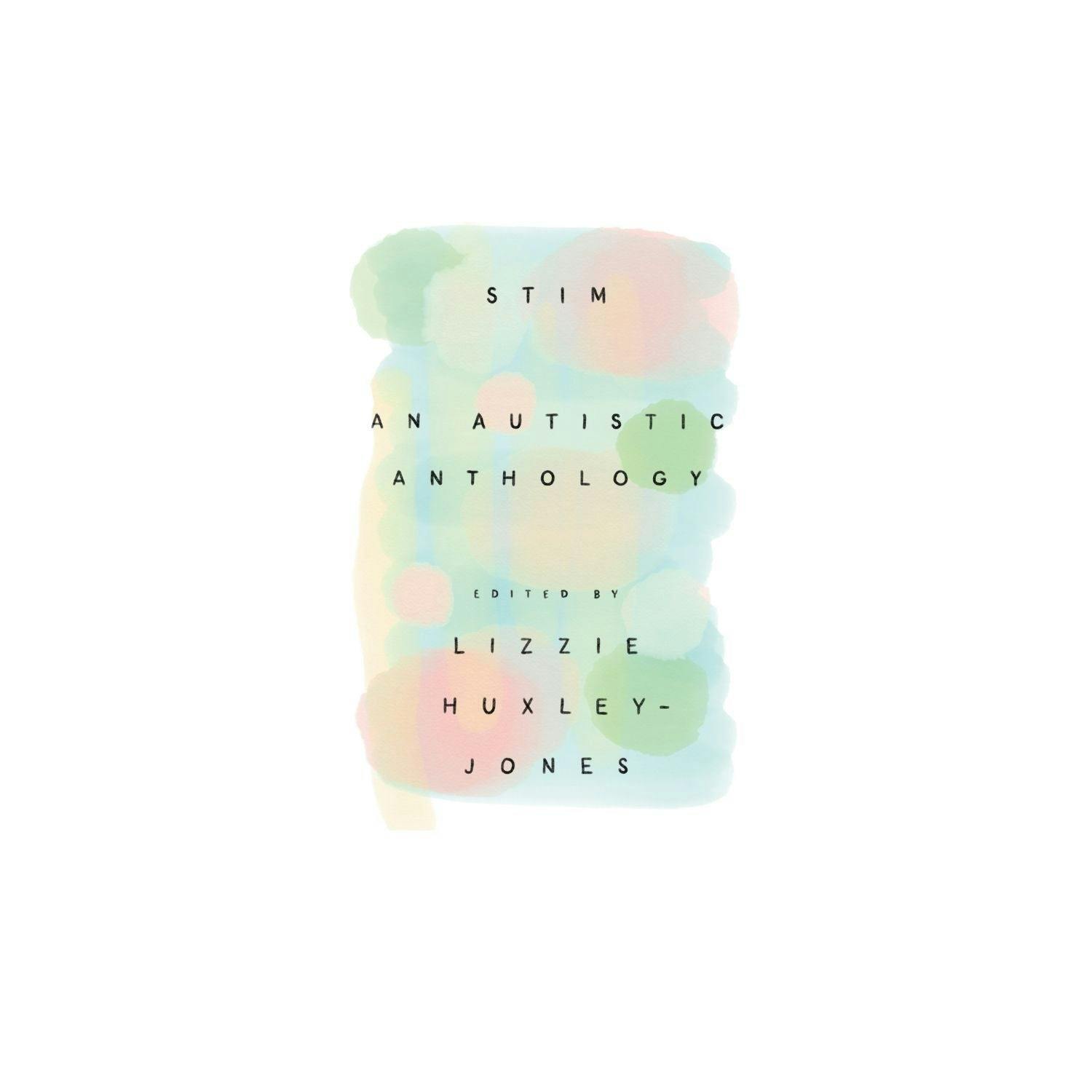
- Home
- Stim: An Autism Anthology
Stim: An Autism Anthology
About The Book
Around one in one hundred people in the UK are autistic, and the saying goes that if you've met one autistic person, you've met one autistic person. Autistic people's personalities, differences and experiences outweigh the diagnostic criteria that link them, yet stereotypes persist and continue to inform a fundamental misunderstanding of what it is to be autistic.
Rarely do autistic people get a chance to speak for themselves, but this insightful and eye-opening collection of essays, fiction and visual art showcases the immense talents of eighteen of the world's most exciting autistic writers and artists.
Stim invites the reader into the lives and minds of the contributors, and asks them to recognise the challenges of being autistic in a non-autistic world. Inspired by a desire to place the conversation around autism back into autistic hands, editor Lizzie Huxley-Jones has brought together humorous, honest and hopeful pieces that explore the many facets of being autistic.
Be a part of our community! 334,112 people from 207 countries have pledged £11,980,334 to fund 646 projects - and counting!
